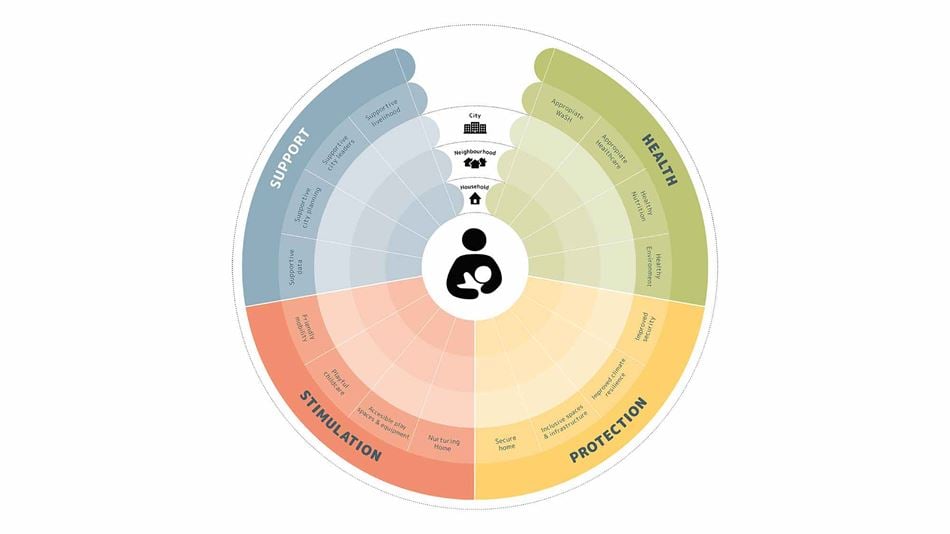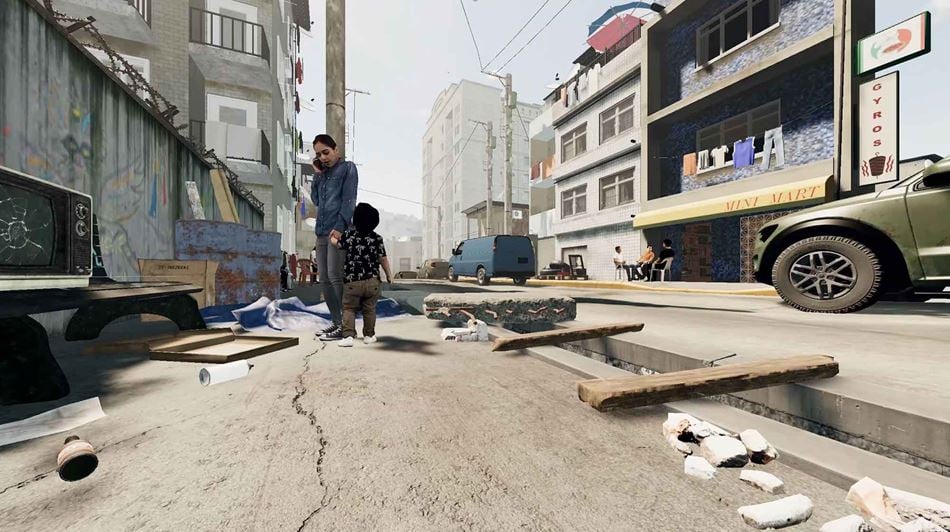 Kate Adlington
Global Press Office,London
Kate Adlington
Global Press Office,London
The way public spaces, such as a marketplace or footpath, are designed can have a positive or negative impact on the life chances of babies and toddlers in the city – Arup and the Bernard van Leer Foundation have highlighted.
Bringing together child development experts and urban designers, the two organisations have released guidance on how cities can modify the built environment to improve the health, education and security of their most vulnerable young children, aged five or less. The guidance comes amidst warnings about a “vast and widening development gap” experienced by children in deprived, inner-city areas, magnified by the Covid-19 pandemic. According to UNICEF, because of the pandemic, 150 million more children across the globe live in multidimensional poverty – without access to education, health care, housing, nutrition, sanitation or water.
Conceived before the pandemic, the Proximity of Care Design Guide is primarily aimed at improving the lives of the growing number of children living in informal and refugee settlements around the world. It is estimated that hundreds of millions of children are living in informal settlements and many more in refugee camps. However, the authors have said that Covid-19 has made the guide as relevant to children living in Tower Hamlets in London as to those living in refugee settlements in Nairobi. More children out of school have been pushed into poverty and rely increasingly on their local area for day-to-day needs, stimulation and development.

